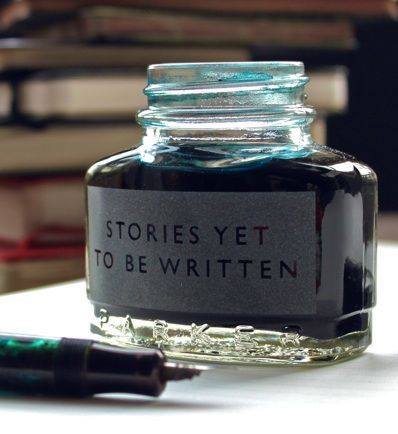
By Marcus Goh and Adrian Kuek
For most students, English compositions aren’t about telling a good story. They’re about jamming in as many “good” phrases and words as possible, rather than about telling a good story. No doubt, it does showcase the language abilities of a student, Especially when the composition begins with a description of the “cerulean skies and fluffy white clouds”, regardless of the topic.
However, a ton of adjectives does not necessarily make a good story. In fact, it borders on purple prose at times. Compositions are no longer about writing a good narrative anymore, but about a showcase of epexegetical bombast.

Storytelling is used everyday
The issue is that if our students are no longer able to write a good story, how will they be able to identify a good story when they see one? For that matter, will they be able to comprehend what makes a good story?
We need to bring storytelling back to the classroom. Storytelling isn’t just about gathering a group of listeners around an old lady reading a book. Storytelling is about expressing a coherent flow of information. Everything we do, be it writing emails or sending text messages, involves storytelling. Even reading articles and dealing with all those the ads require storytelling to understand the real message underneath all that text. Journalism articles are also called stories, for that matter.
Otherwise compositions are nothing more than a combination of “good phrases”.

But what about the PSLE?
Good storytelling skills aren’t in opposition with how English is graded for the PSLE. In fact, they are in line with the marking rubrics for English compositions, which award 20 marks for Content and 20 marks for Language, for a total of 40 marks.
Under Content, students are graded for three criteria— how interesting their compositions are, how relevant their ideas are in relation to the question, and for the development and flow of their ideas. This is where storytelling comes in.
Notice that the grading criteria takes into account interesting compositions. At the top band, a composition is considered to have a story that is “very engaging throughout”. Having a shocking premise isn’t just enough to be interesting — the composition must continue to engage and hold the reader’s attention throughout the story. This entails storytelling skills.
Relevant ideas refer to compositions that stay on topic.
And the development and flow of their ideas is the last criterion which looks at how the composition expands and elaborates on the situations established in the introduction. This is where storytelling comes in as well — a good writer must know how to present information, how much of it to present, and when to present it.

Trust the system
That’s not to say that language isn’t important in compositions. But they must not be the be-all and end-all of learning how to write English compositions. The PSLE also looks at how well the story is developed in the piece of work, and that means that students must know how to be good storytellers.
Tips for better storytelling
So here are some quick tips to improve your storytelling in compositions. You’ll find that your compositions will be tighter and more compelling after implementing these suggestions!
1. Adhere to structure
Ensure that your compositions has an introduction, rising action, a climax, and a conclusion. This ensures that you explain the situation and conflict (introduction), create tension (rising action), excite readers with a conflict (climax), and give closure to the composition (conclusion). It may be tempting to omit the introduction or conclusion and focus on the “exciting” portions, but remember that all parts of the structure are important in a composition.

2. Ensure the protagonist changes or learns a lesson in the conclusion
All stories must have a purpose, and the easiest way to include that is to have the protagonist change in some way, hopefully for the better. Even a short remark about what the protagonist learnt at the end is enough to give your composition a purpose.
3. Use connectors
Connectors are words like firstly, secondly, therefore, and because. They help smoothen the transition between paragraphs, and help with the flow and development of ideas. Remember that the reader of the composition must be brought from one idea to another in a logical fashion. Connectors help to signpost the composition so that the reader understands which part of the composition he or she is at.
Let’s bring storytelling back into the classroom.

This article was written for and first published on Yahoo Singapore’s Grade Expectations.
Grade Expectations is a weekly feature on education in Singapore. Expect fun activities, useful tips and insightful news on learning. It’s not just about your child’s grades — it’s about raising a great child!
Marcus Goh runs Write-Handed, a creative writing studio. At the same time, he teaches English at The Write Connection. He has been a specialist tutor for English and Literature (Secondary) since 2005.
Adrian Kuek runs Joyous Learning, an enrichment centre that specialises in English, Mathematics, Science and Creative Writing for Primary. He previously served as the academic director of one of Singapore’s largest enrichment centre chains for over seven years.
If you liked the article, follow me on Facebook and Twitter for more (presumably) good updates!
To get in touch with me, send an email!
Leave a Reply